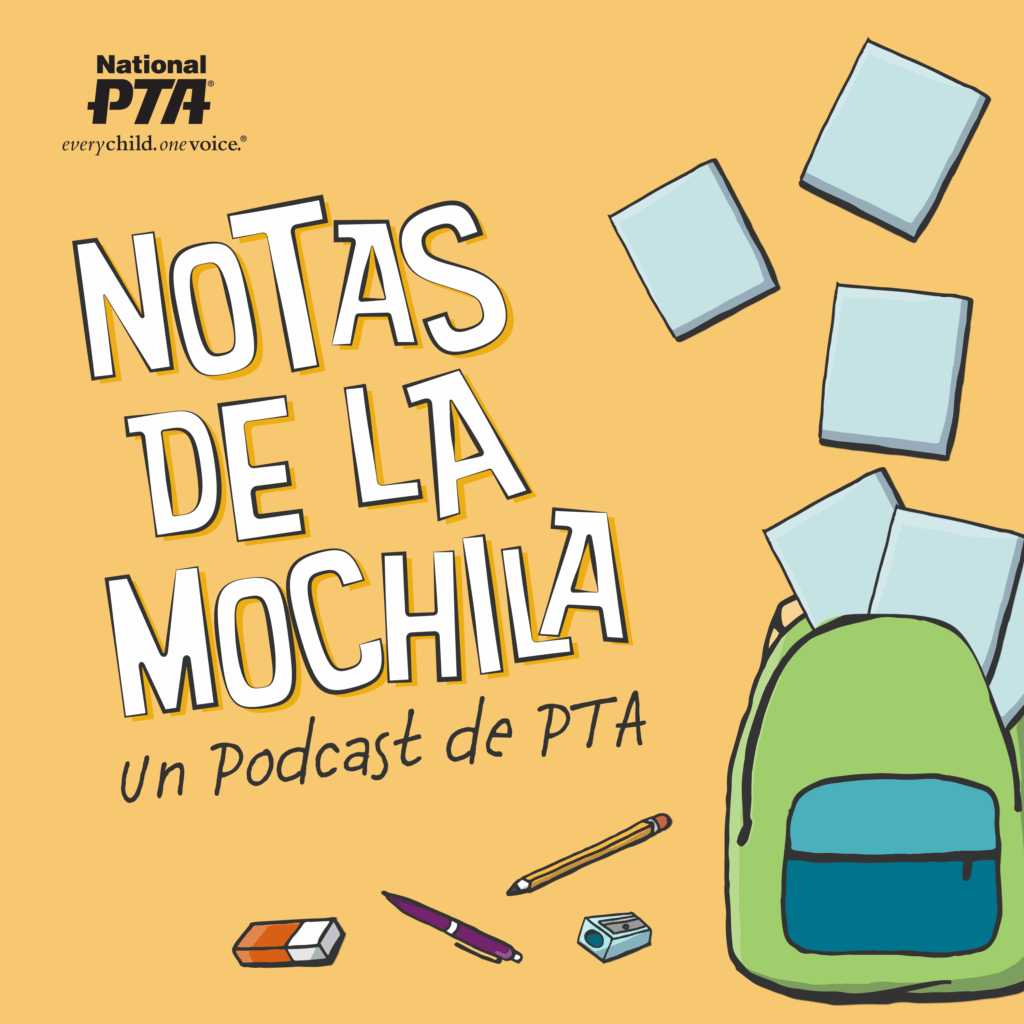Summer is in full swing—and while this is a season for maximum fun, it also happens to be a season of maximum noise. Summer hearing hazards that can result in hearing loss include attending loud seasonal events such as fireworks, festivals, concerts and sporting events, as well as unsafe listening (listening for too long and at too-loud volumes) to personal technology devices such as tablets, smartphones, and MP3 players. This is especially common practice among kids during the summer months as their leisure time—and tech time—spikes.
The World Health Organization (WHO) estimates that 1.1 billion young people are at risk of hearing loss due to unchecked and unsafe exposure to loud sounds via personal audio devices and noisy entertainment venues.
Many smart devices can reach volumes of 110 decibels or more. And a fireworks display can reach 150 decibels. When compared to the safe listening level of 75-80 decibels, it’s not hard to see the risk. The louder the noise, the less time it takes to inflict hearing damage.
The good news is that it’s not difficult or expensive to protect your family’s hearing. Noise-induced hearing loss is completely preventable. However, once it occurs, it is irreversible—making hearing protection key. Follow the tips below to enjoy all of your favorite fun summer activities safely.
Safe Listening Checklist: Concerts, Fireworks and Other Noisy Environments
- Use Hearing Protection: Basic earplugs, which can be picked up at most drug stores, offer surprisingly good hearing protection for most teens and adults. An even better bet is musician’s earplugs, which you can get online or have an audiologist custom-fit. Kids are generally better off using well-fitting earmuffs over actual earplugs.
- Keep Your Distance: From a hearing-protection perspective, the worst place you can be is near speakers, a stage or some other type of noise emitter. Stand at least 500 feet from noise sources.
- Monitor Noise Levels: Consider downloading one of the many apps available that allow you to use your smartphone to measure the sound level in public places. Although these apps aren’t always sophisticated or 100% accurate, they can provide some valuable information to help protect your family’s hearing.
- Know Your Limits: If anyone is experiencing ringing in their ears or any other ear discomfort, leave! Our bodies are giving us valuable information, so we should pay attention.
Safe Listening Checklist: Smartphones, Tablets and Other Tech Devices
- Turn the Volume Down: Some headphones, mainly marketed for children, claim to have maximum noise output levels that won’t damage hearing. But studies have shown that these aren’t always reliable. For kids and adults alike, the best bet is to keep the volume at half level.
- Invest in Noise-Canceling Earbuds/Headphones: Many people use earbuds and headphones in noisy places, such as on an airplane—and thus need to turn the volume way up to drown out outside noise.Noise-canceling earbuds or headphonescan reduce the need to crank up the volume.
- Take Breaks: Give ears a rest. Strive to take periodic listening breaks hourly, and have your children do the same—even if it’s just for a few minutes. This can make a surprisingly significant difference on hearing health.
- Model Safe Listening Behaviors: Just as with all behaviors and habits, children are watching (and listening!) to what their parents are doing. Show them that you value your hearing—keep the volume down and model safe listening.
Remember, if you ever have concerns about your child’s hearing—or your own—visit a certified audiologist for a hearing evaluation. Find one at ASHA.org/Public.
Here’s to a season of safe listening!
Regina Escano Zappi, Au.D., CCC-A, is associate director of audiology professional practices for the American Speech-Language-Hearing Association.


















